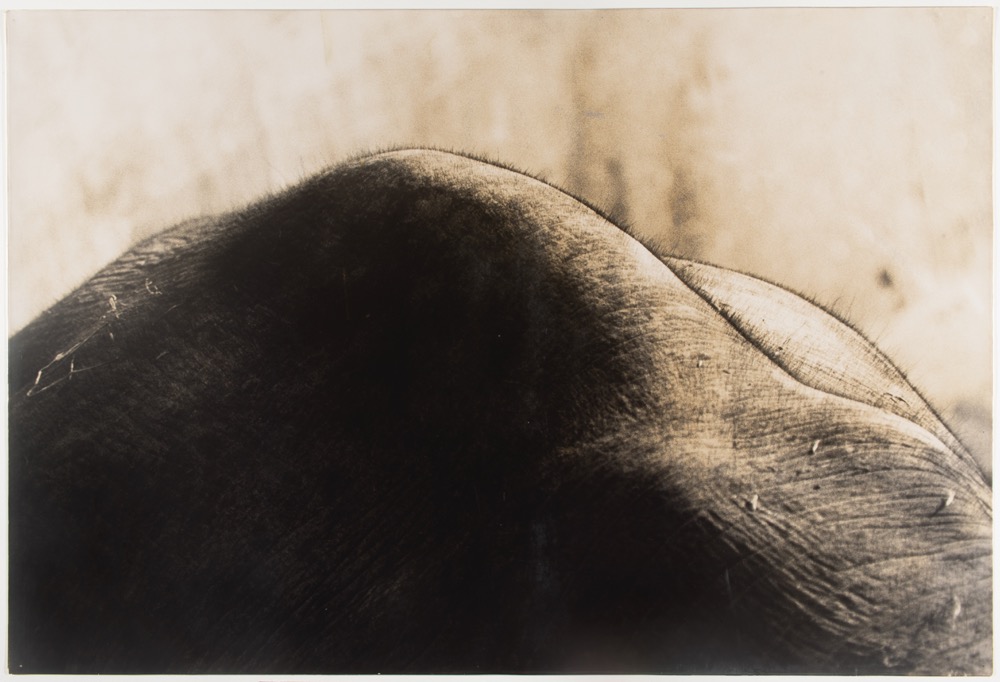
1960s, gelatin silver print, 59.1×87.4cm
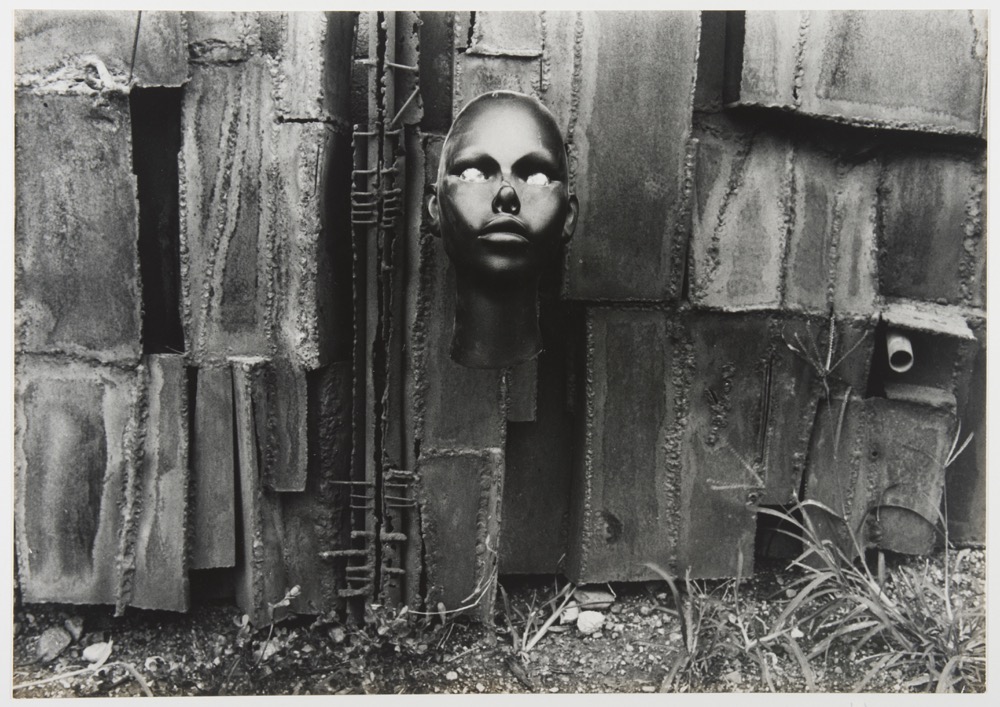
1963, gelatin silver print, 39×55.3cm
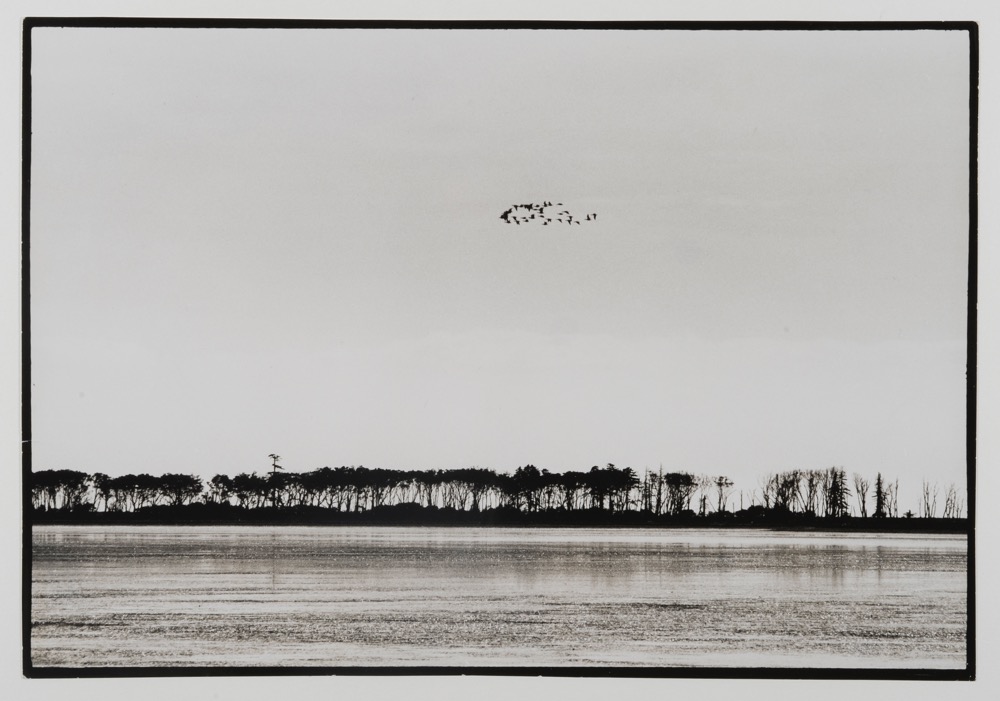
年代不詳, gelatin silver print, 29.9×43cm
The Naniwa Photography Club in the Post-war Period: Yoho Tsuda, Shosuke Sekioka & Heihachiro Sakai
Date|March 2 – 24, 2019
Venue|MEM map
Open hours|12:00-20:00
Closed on Mondays [Unless it is a public holiday or a compensating holiday, in which case will be closed on Tuesday.]
Tel|+81-(0)3-6459-3205
Opening talk event
Date&Hour|March 2nd, 18:00〜
Venue|MEM
Guest|Ryuichi Kaneko (Photography historian), Takayuki Yoshikawa and Tomiko Taba(the Naniwa Photography Club)
Admission free, Japanese version only.
Opening reception will be held after the talk.
We are pleased to hold an exhibition of Naniwa Photography Club featuring three photographers; Yoho Tsuda, Shosuke Sekioka and Heihachiro Sakai.
Founded in Osaka in 1904, Naniwa Photography Club is Japan’s oldest amateur photographic organization still working today. The club played an important role in the development of Japanese modern photography, notably in the era of pictorialism in the 1920s, and New photography movement in the 1930s. Bizan Ueda and Nakaji Yasui founded a brother club, Tampei Photography Club, in 1930, which was more radical in terms of experimental artistic practice. Besides Ueda and Yasui, there are other notable photographers such as Gingo Hanawa, Kiyoshi Koishi, Koro Honjo, Meison Kobayashi and Terushiti Hirai, who also belonged to the Naniwa club.
After the war, Hanawa and Honjo restarted the club activities from scratch in the completely devastated city of Osaka. Yoho Tsuda (Nara, 1923-2014) and Heihachiro Sakai(Osaka, 1930-) joined the Naniwa club in 1948, and Shosuke Sekioka(Osaka, 1928-2016) later in the 50s.
With Tsuda as a leader of its younger generation, the Naniwa club restarted its activities, further attracting young amateur photographers. The three photographers inherited the spirit of avant-garde from the influential predecessors of the club, and explored their own style that reflects the reality of post-war Japan—the devastated cityscape of Osaka, emergence of industrial development, and the demise of old Japan’s militarism. Alas, such artists’ experimental approach to photography were ultimately rejected as “salon photography” by the mainstream photographers in post-war Japan who dominantly pursued social realism.
The present exhibition not only celebrates the artistic importance of Tsuda, Sekioka, and Sakai, in presenting a rare body of vintage prints made by the artists, but also reevaluates the legacy of these artists as an indispensable aspect of Japanese photographic history.
With the cooperation of the Naniwa Photography Club and Yoho photo gallery.
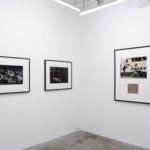
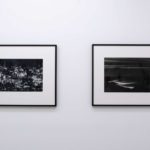
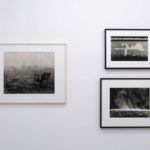
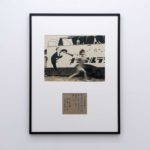
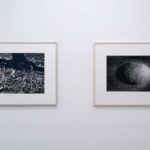

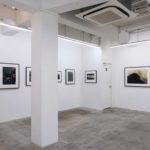
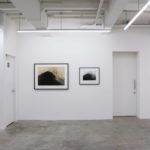
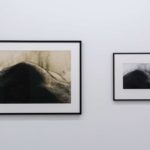
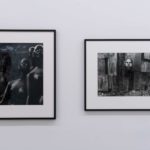
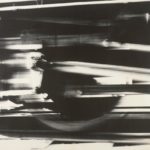 YOHO TSUDA, Early works in the 1950s and 1960s
YOHO TSUDA, Early works in the 1950s and 1960s